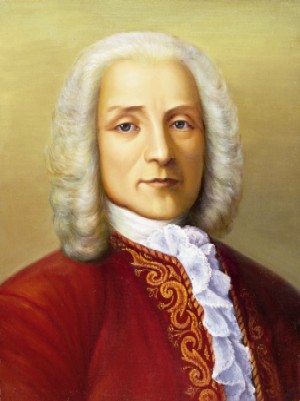Focus Points:
- Structure: part 1 (m. 1-4), part 1 (m. 4-8), part 2 (m. 8-12), part 3 (m. 12-end)
- Playing Postion: Get into a good playing position: violin on the shoulder to the side, curved fingers for the bowhand, stand tall, left thumb by the first finger. Place the bow at the middle between the bridge and the fingerboard.
- Rythm: for the first time we have eighth note rests in the last measure of lines 1-3. Eighth rests are held for half-a-beat. Practice the song by clapping and saying the notes.
- Bowing: We are back at starting a piece on the E string, just like Lightly Row, but now we are starting the piece up bow. Every section of the piece starts up-bow, watch for that as you play along with the video.
- Dynamics: Make sure to watch for the crescendo (getting louder) in the third line, use more and more bow to get the gradual crescendo.
- Play Twinkles through Go Tell Aunt Rhody starting up-bow and adding p and mf.
